World music opens the door to a vibrant universe of unique sounds, traditions, and emotions. At the heart of this universe lie ethnic musical instruments—not just tools for creating sound, but bridges to ancient stories, cultural identities, and human expression.
If you're passionate about traditional instruments and dream of learning to play one—or adding a new piece to your collection—this guide is crafted especially for you.
In this article, you'll:
Discover 10 must-have ethnic instruments that span continents and cultures.
Find out which ones match your learning style, musical goals, and lifestyle.
Learn how these instruments can help with focus, mindfulness, and creativity in your everyday life.
Get practical tips for learning them in the digital age.
The oud is a deeply expressive, fretless string instrument central to Arabic, Turkish, and Persian music.
Its emotional depth and warm tones are perfect for improvisation.
Guitar players often find it intuitive thanks to its familiar hand positioning.
Abundant online learning resources make it beginner-friendly.
The darbuka (or doumbek) is one of the most popular ethnic percussion instruments in Middle Eastern music.
Beginners wanting to build rhythm and hand coordination.
Those seeking a fun, stress-relieving instrument to start their musical journey.
The ney is a reed flute often associated with Sufi music and meditation.
Playing requires deep breath control and patience.
Its soft, airy tones are perfect for introspective moments.
Ideal for those looking to improve mental focus and mindfulness.
The santur, also known as santoor, is a hammered dulcimer with ancient roots in Persian music.
Its shimmering sound is ideal for both traditional and modern compositions.
Digital learning tools have made it more accessible than ever.
The bendir is a traditional frame drum used in Moroccan, Berber, and Middle Eastern music.
Great for developing inner rhythm and group coordination.
Widely used in healing and trance music traditions.
The Greek bouzouki is a long-necked lute central to Greek folk, rebetiko, and laïkó music.
Offers rich, metallic tones that cut through any ensemble.
Comes in different types: trichordo (3-course) and tetrachordo (4-course).
Perfect for those who love melodic ornamentation and rhythmic strumming.
The saz is a long-necked lute that represents the heart of Turkish and Kurdish folk music.
Comes in various sizes and tunings, offering great versatility.
Great for storytelling, folk ballads, and even fusion music.
Though relatively new, the handpan blends Eastern spirituality with Western sound design.
Its melodic, hypnotic tones are perfect for meditation, therapy, and solo performance.
No formal music background needed—just follow your intuition.
The zurna is a powerful reed instrument used in festive and ceremonial settings across Anatolia and Central Asia.
Designed for outdoor celebrations and energetic performances.
A key part of traditional music culture in Turkey, the Balkans, and beyond.
The lavta is a rare, historical Ottoman plucked instrument with gut strings and tied frets.
Combines the aesthetics of the oud with the fret accuracy of a lute.
Suitable for those exploring modal music systems (makams).
Its soft tone and light build make it ideal for intimate acoustic settings.
Ethnic instruments are more than just beautiful objects—they're vessels of culture, emotion, and human connection. Whether you’re seeking a new creative outlet, a meditative practice, or just a fresh sound, these instruments offer endless inspiration.
Remember: every instrument carries a story. Now it’s your turn to play a part in it.
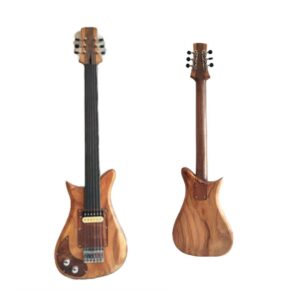
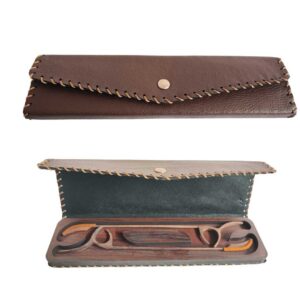


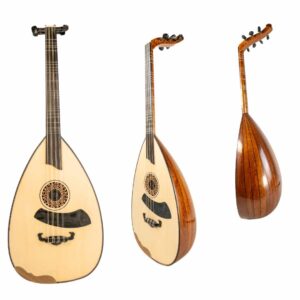


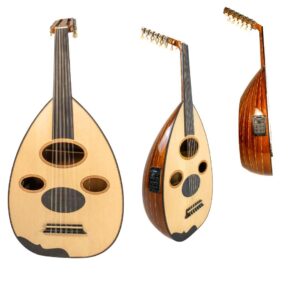
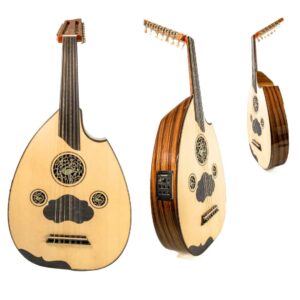

Mail: info@tapadum.com
Working Days/Hours: Mon – Sun / 10:00 AM – 5:00 PM
Le visite in negozio richiedono un appuntamento